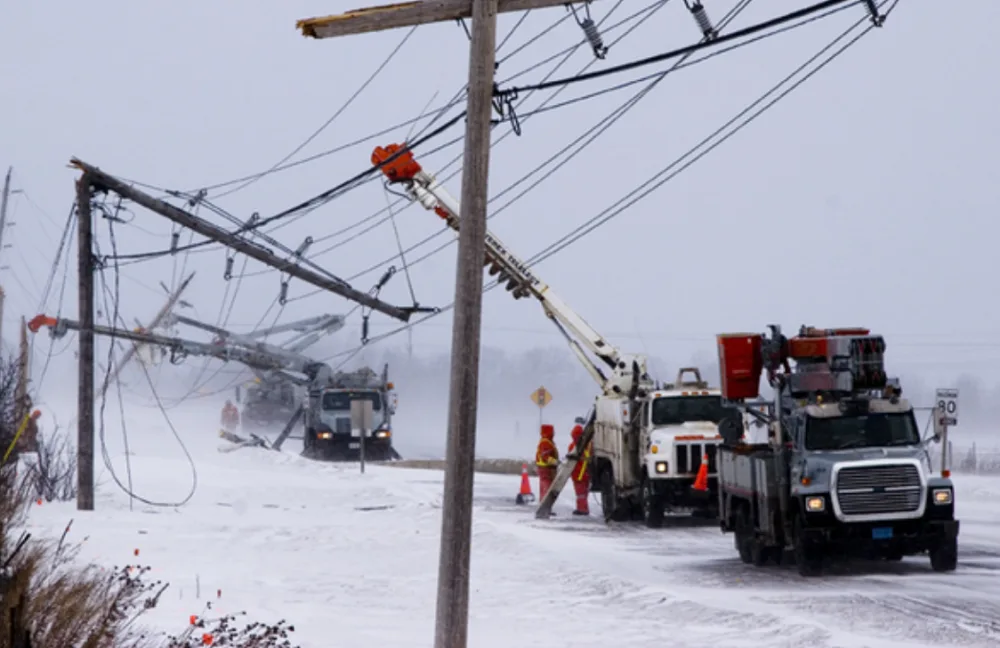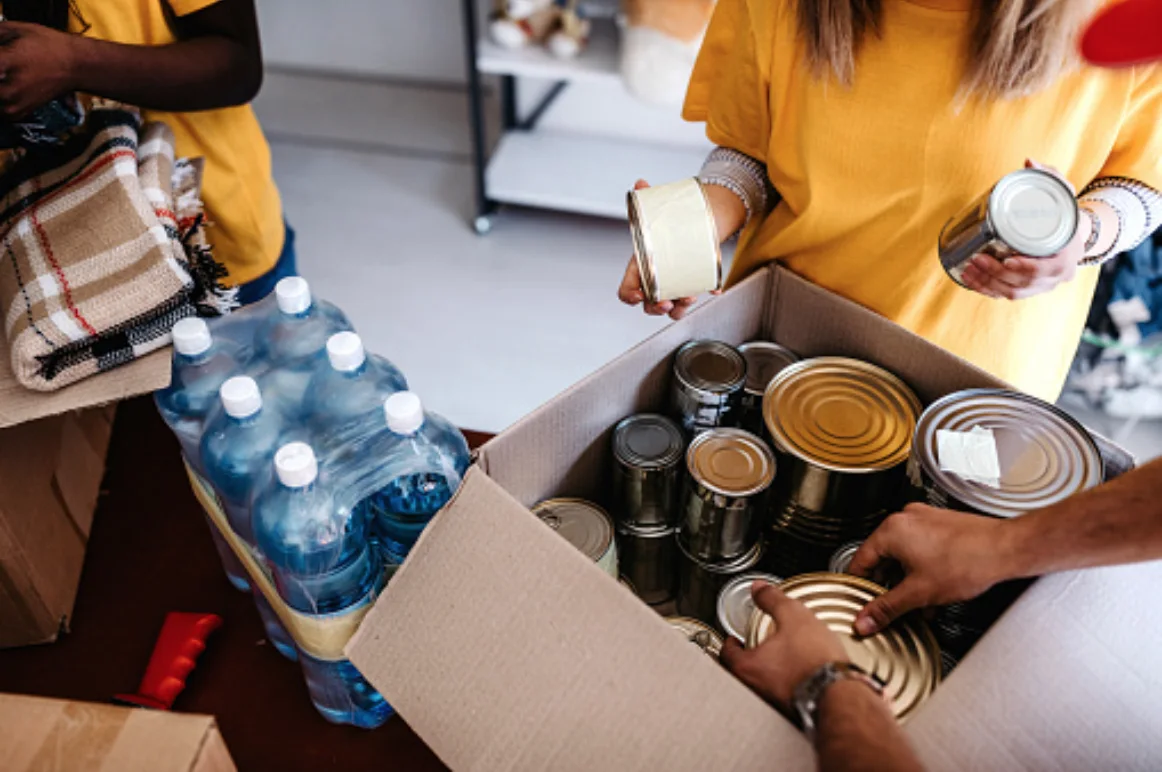
Canadians need to be better prepared for an emergency
The Weather Network and Energizer® are gearing you up for a safe and successful winter by breaking down everything you need in your emergency kit. .
Sparkling snowstorms are about to become the norm across Canada. For many, it’s time to dust off the snowboards and scarfs. Find your mittens too! For others, this can be a challenging season as driving conditions worsen and winter’s howling winds create issues for power in your neighbourhoods.
No matter how you look at winter, whether it’s “slush” or “sparkle”, everyone needs to prepare for it! And that starts with your home and vehicle emergency kits.

Image Courtesy: The Weather Network Gallery By John Bartosik in Barrie, ON
Stats Canada surveyed Canadian households and found that only 47% have a dedicated kit ready for an emergency.
So what are you waiting for? It’s time to get organized with your own personalized kit.
Here is what you need in an emergency kit:
Water
Food (non-perishable) and a manual can opener if this includes cans
Special needs such as medications, baby needs, extra glasses, etc.
Important family documents (copies of birth and marriage certificates, passports, licenses, wills, land deeds and insurance)
A copy of your emergency plan
Energizer ® Ultimate Lithium ™ Batteries AA and AAA
Area light and flashlight that’s non-slip and can be used hands-free
Battery-operated or crank radio
Extra keys, for your house and car
First aid kit
Extra cash
Personal hygiene items
Pet food and pet medication
Cell phone with extra charger or battery pack
As you design your kit make sure it is customized to fit your family’s needs. For example, if someone has a disability, figure out what you can have in the kit that will make life easier for them. If someone has poor vision and wears contacts consider adding in the contact cleaning solution and an extra holding case. Ask yourself, what are the day-to-day things my family relies on?
It’s also important to make your emergency kit fun! Add in your favourite snacks or something that your child will find comforting like a toy or stuffed animal.

Image Courtesy: Getty Images
When it comes to batteries you should prepare to be without power for 72 hours. The most common batteries we use are AA and AAA, so they should make up the majority of your stockpile.
You also want to look for a high-quality battery that has a long shelf life. Energizer ® Ultimate Lithium ™ is the longest lasting AA battery in the world with a shelf life of up to 20 years. They are completely leak-resistant based on standard use and will perform in extreme temperatures from -40 °C to 60 °C, making them a perfect year-round staple.
Once you have planned your safety kit make sure everyone in the household knows where it is located. This location should be easily accessible. Think of your household emergency kit as a tool that will help your family in a short term survival situation.
You should plan for your pet as well. About 40,000 pets die each year in house fires (American Veterinary Medical Association). Add items into your kit that can assist your pets during a traumatic situation.

Image Courtesy: Rachel Schoutsen
An emergency kit makes a big difference when disaster strikes. As you plan your kit take the time to also refresh batteries in your smoke alarms. This is a yearly practice all Canadians should follow. The more prepared your family is the faster you can react.










